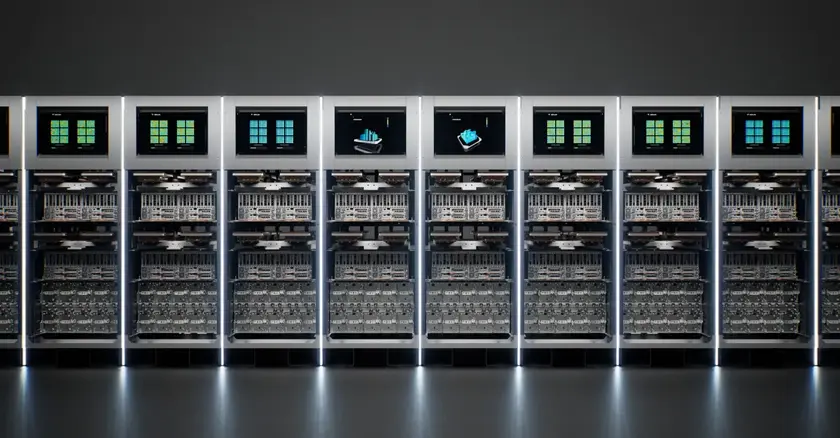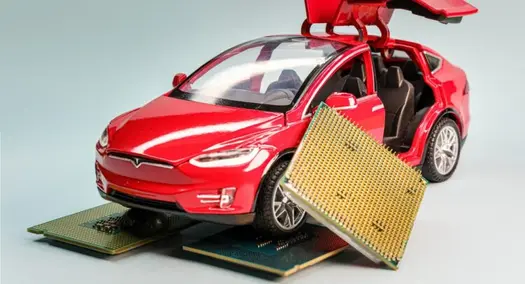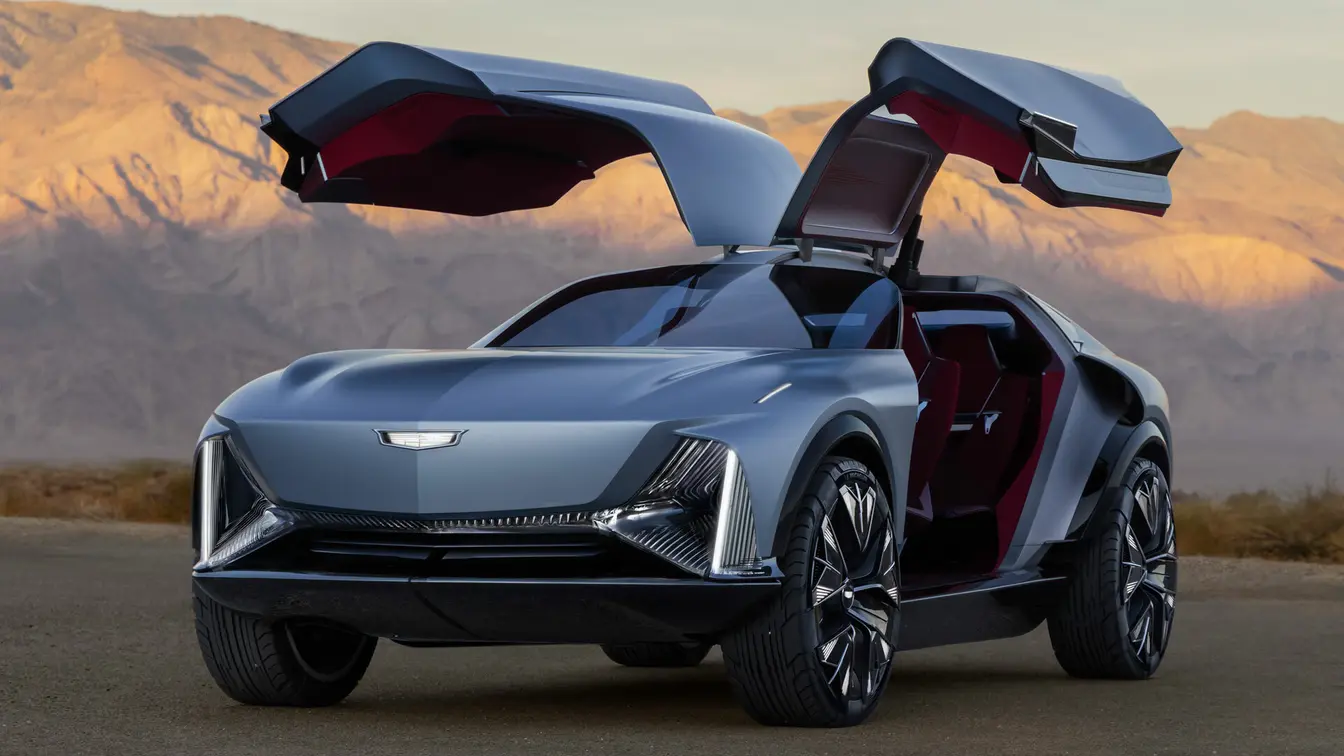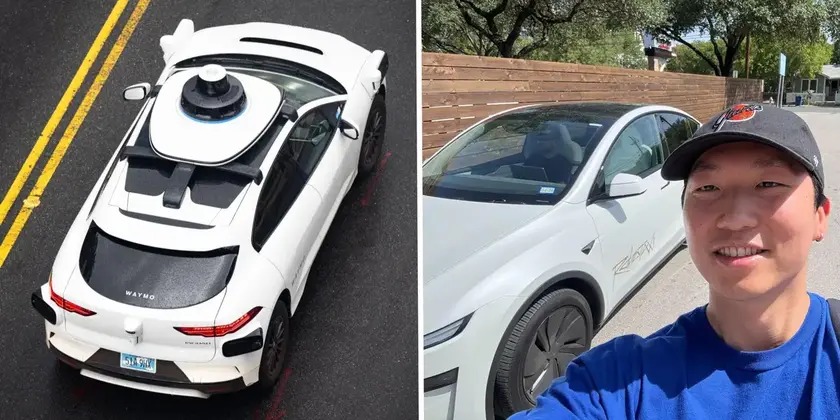T4K3.news
Nvidia debuts Thor brain for robots and self driving cars
Jetson Thor boosts AI compute for real time robotics and autonomous vehicles, with shipments starting soon and partners lining up.

Nvidia introduces Jetson Thor, a high power module for real time AI on humanoid robots and smart machines.
Nvidia Unveils Thor Brain for Robots and Self Driving Cars
Nvidia announced Jetson Thor, a powerful module built for real time AI on humanoid robots and smart machines. The system uses Blackwell GPUs and promises seven times the AI compute power, twice the memory, and more than three times the speed and efficiency of the previous model, Jetson Orin. Nvidia says this boost will help robots see, sense, and decide faster while using less energy. The Jetson AGX Thor developer kit starts at $3,499, and Nvidia Drive AGX Thor for autonomous vehicles is on preorder with deliveries expected in September. Early adopters include Amazon, Meta, Caterpillar, and Agility Robotics, with interest from John Deere and OpenAI. Research teams at Stanford, Carnegie Mellon, and the University of Zurich are also testing Thor in medical and other autonomous settings.
Key Takeaways
"Jetson Thor solves one of the most significant challenges in robotics: enabling robots to have real time, intelligent interactions with people and the physical world"
Nvidia frames Thor as a breakthrough in real time robot interaction
"This is going to be the decade of AV robotics autonomous machines"
Huang on the long term growth of AI driven robotics and autonomous vehicles
"a multitrillion dollar growth opportunity"
Huang describing combined AI and robotics market potential
"Huang’s bet isn’t an empty one"
Editorial nod to confidence in Nvidia’s strategic path
Nvidia is betting big on robotics as a growth engine alongside AI chips. The hardware leap could accelerate real world use, but success depends on software, data, and long term demand. The company frames this as part of a broad push to make robots smarter and safer in everyday work and care settings. Yet the market still faces questions: will corporations move from pilots to profits, and can policy and geopolitics keep pace with rapid tech change? The broader tech mood is cautious about AI promises, even as chipmakers push ahead with bigger and more capable systems. The hardware story is compelling; the business story remains to be written on factory floors and in labs.
Highlights
- Real time robot brains finally exist and they sip power
- The decade of autonomous machines has arrived
- Robots on the factory floor just got a lot smarter
- Chip power turns hype into real work
Potential risks for robotics and AI hardware rollout
The push into robotics and autonomous systems raises budget, political, and public reaction concerns. Global supply chains and access to key markets like China could affect sales, while a MIT study cautions that many AI pilots fail to translate into revenue. These factors add uncertainty for investors and policymakers.
The road from test beds to everyday robotics will reveal how far Thor can go beyond hype.
Enjoyed this? Let your friends know!
Related News

Tech stocks long term bets under review

Tesla ends Dojo project

Tesla refocuses chips after Dojo

High-profile neurosurgeon's lawsuit dismissed

Tesla signs major AI chip deal with Samsung

AI investment cautious as hype cools

Cadillac elevated velocity concept unveiled

Tesla shifts Optimus training to vision based learning
